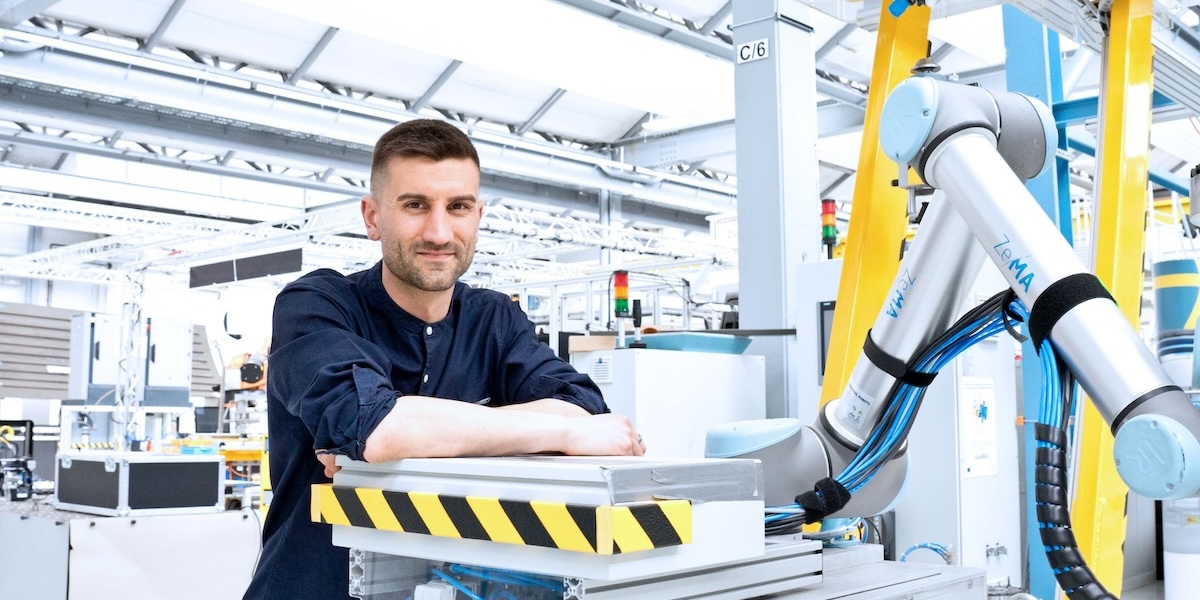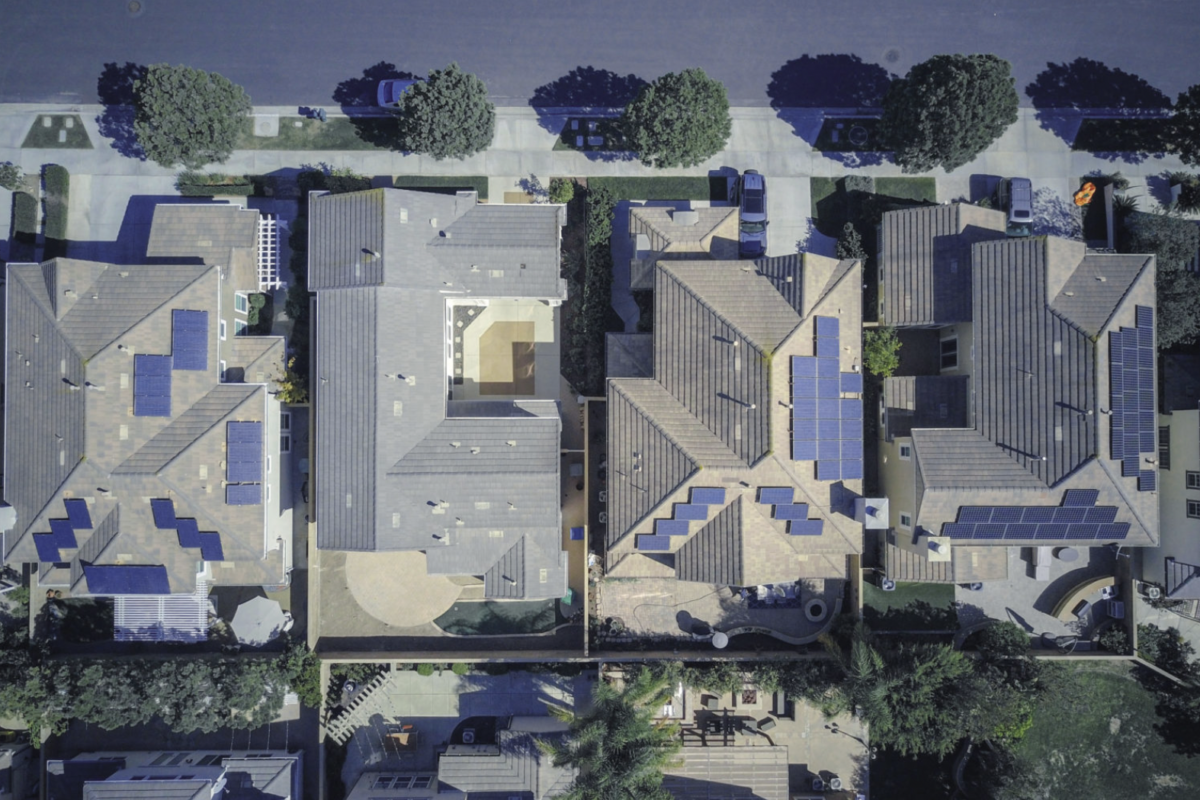From pv magazine Germany
A team from Saarland University in Germany has secured funding from the European Innovation Council (EIC) Pathfinder program to develop elastocalorics heating and cooling technology as an alternative to heat pumps and air conditioning systems.
The €4 million ($4.36 million) EIC Pathfinder Challenge research project aims to develop a prototype for decentralized room air conditioning within three years. According to the research team, the technology is rated by the World Economic Forum (WEF) as one of the “TOP Ten Technologies 2024.” The US Department of Energy and the European Commission have also declared it to be the most promising alternative to conventional heating and cooling.
The solid-state heating and cooling process is based on transporting heat into or out of a room by loading and unloading a so-called shape memory material, for example in the form of wires. The material absorbs heat when it is loaded, for example when it is pulled, and releases it again when the load is removed.
The researchers, led by elastocalorics pioneer Paul Motzki, are using the superelastic nickel-titanium alloy for this purpose. Materials made from this alloy return to their original shape after deformation because they have two crystal lattices and thus two phases. While water, for example, assumes the solid, liquid and gaseous phases, in nickel-titanium both phases are solid but merge into one another.
Motzki, who holds a bridge professorship between Saarland University and the Center for Mechatronics and Automation Technology (ZeMA), is leading a consortium as part of the SMACool project, which is now funded by the EIC. The consortium also includes the universities in Ljubljana and Naples, as well as Irish company Exergyn.
The aim is to jointly develop a prototype of an air conditioning unit for residential buildings. Fresh air will flow in through narrow ventilation slots in the external walls and be heated or cooled as required until the desired temperature for the room behind is reached.
“With our technology, we don't want to heat and cool houses with a central system, but rather each individual room in a decentralized and individual way,” said Motzki.
The compact unit to be developed could also be installed directly in new buildings with ventilation systems in the future.
With an electrocaloric system, temperature differences of around 20 C can be achieved when cooling and heating. The technology could become an alternative to conventional cooling and heating methods, as it does not require coolants and uses considerably less energy.
“The efficiency of elastocaloric materials is more than ten times higher than today's air conditioning or heating systems – they will require significantly less electricity,” said Motzki.
Teams in Saarbrücken, Germany, have spent around 15 years researching and developing a technology using thin sheets of nickel-titanium to achieve optimal cooling or heating effects in circulatory systems. This includes creating a cooling and heating demonstrator and a continuously operating refrigerator.
This content is protected by copyright and may not be reused. If you want to cooperate with us and would like to reuse some of our content, please contact: editors@pv-magazine.com.



Lovely all I’ve got to do is live long enough to enjoy it. I’m a retired Marine engineer and the thought of using a system that is 10 times more efficient than the current CoP of a heat pump system of around 5 makes me want to install it right now. I have 20 pv panels along with a 13.5 Kw storage battery and would love to have the system installation done at my house as I nearly froze to death last year huddled under blankets as my indoor temperature rarely went above 9 degrees as I was too scared to turn the gas boiler on. I am happy to be a guinea pig as a retro fitted show home. Many thanks for your efforts in jumping technology hoops.
Lmao. Natural gas my friend and you won’t be cold! As soon as everyone realizes there’s nothing as efficient as fuel we will be heading in the correct direction. Focus on synthetic fuels, this electric crap is a lobby pushed money grab if everyone hasn’t figured this out yet?
Moving heat is always more efficient than generating it. You could build a furnace that was 100% efficient and your average heat pump would still be more “efficient”. Most furnaces are like 80% efficient. Gas is just cheaper per unit of energy.
I say this as someone who heats their home with hydronic radiant floors powered by a natural gas condensing tankless water heater. Which also provides DHW. But that’s mostly because I find forced air heat uncomfortable.
You can’t squeeze water from a stone. How does this work?
Read the article again, putting mechanical load on the metal alloy absorbs heat. Then releases the heat once the load is removed. Cycling over and over you effectively pump heat from one place to the other. Just like a regular heat pump does with an expanding gas. The key is the shape shifting material
The elasto calorics, did you not read the article? You see elastos, when caloriced, definitely will work, that’s how, and if you caloric the elasto in reverse, then you can make toast.
Phase change. It’s the same concept which allows traditional heat pumps to work(changing from liquid to gas, then compressed back to liquid)
It works like this, imagine it takes 10 units of energy to lower the temperature of 1 gallon of water 1°. But to change water to ice, or vice versa, takes 100 units of energy even if only changing one degree. The numbers are hypothetical.
Phase change. It’s the same concept which allows traditional heat pumps to work(changing from liquid to gas, then compressed back to liquid)
It works like this, imagine it takes 10 units of energy to lower the temperature of 1 gallon of water 1°. But to change water to ice, or vice versa, takes 100 units of energy even if only changing one degree. The numbers are hypothetical.
Should be a game changing technology , incredible energy efficiency , no matter what climate one resides in , reducing hughly annual household electricity costs. While also reducing the cost of installation in new builds and retrofitting will certainly have huge benefits.
So, replacing a heatpump with a catherine wheel – heatpump…..
(Sort of working like a dessicant wheel… only with positive COP, Now imagine a dehumidifier which was a heatpump -and self powering with ground to sky potential…)
A 20 degree variance will work in few places.
I agree with Richard above.
For the last 2years my bungalow has been around 8-10 degrees throughout the winter. I have no gas. I have a log burner in my lounge and electric storage heaters which I can’t afford to use! I am no spring chicken.
I am not convinced by using air source heat pumps long term. Supporting your project as Richard suggests would be something I would be interested in.
Is that Celsius?
And your “average” air source heat pump, properly sized, works just fine unless you are regularly facing Sub-Zero Fahrenheit temperatures… And then you just need an air source heat pump built for such conditions.
It’s a beyond proven technology at this point.
At least they are taking about moving heat instead of “creating” it. When the snake oil salesman start this trope, I stop wastingmy time. ..at my age I don’t have a lot of it left to screw away. Really would like a more detailed explanation.
Sounds similar to the Bloom box. Another alternative utilizing waffers and silica sand. Downsize is you still are using propane gas.
Can I cook beans on it if I put it in reverse?
All the materials will be expensive….how are they going to mine it? With hydrocarbons. Dream on …
20 to 30% more efficient than traditional vapor compression systems tech is already not a dream at all. Commercially available 2-3 decades dew-point (water) evaporative systems save 90% energy, use Zero GWP and ODP natural refrigerant, cheaper than traditional HVAC systems. The ultimate generation dew-point evaporative prototypes save 15X (not %) energy, 20X carbon, 5-7X cost, and 3-5X size/weight. There are many fresh reading on cooling innovation, simply search Maisotsenko Cycle